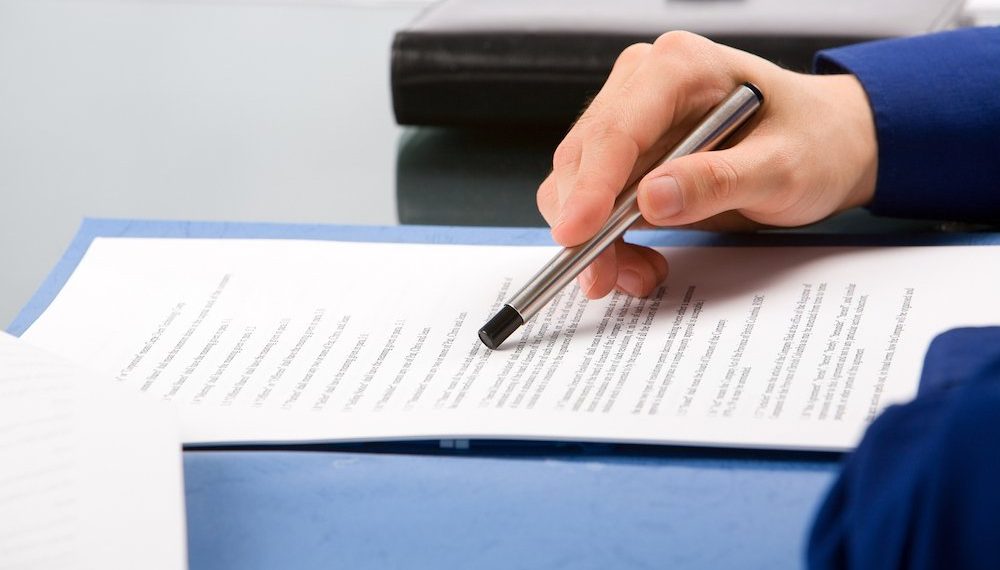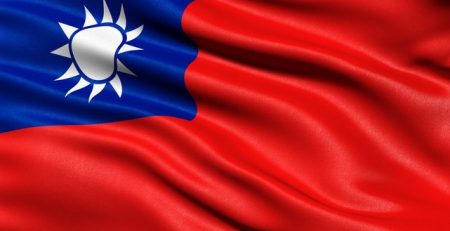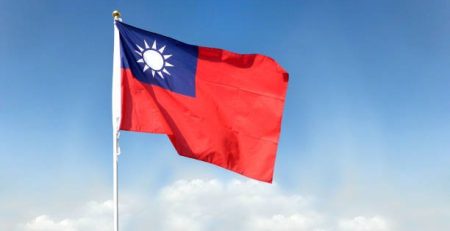Guide on how to deal with IP counterfeiting from China to the Southeast Asia region
China is one of the biggest counterfeiting markets in the entire world. Fake, copycat products from China are spread throughout the world. However, in the South East Asia region respectively, the status of counterfeiting is ranting uncontrollably, creating heavy damage to the producers as well as consumers in the country. In this article, we will give a brief guide on how to deal with IP counterfeiting from China to the South East Asia region.
In a report by Europol, by 2015, Hong Kong and China have taken up to 4/5 of the counterfeiting markets in the world. There have been roughly up to 400 billion USD out of 500 billion USD of counterfeiting goods and products in the world coming out of China in one year.
Anything can be made fake, just as long as it has a model.
China is definitely the dominant counterfeiting market as there is a heaven and earth gap between China and the second counterfeiting in the world – Ukraine with only 0.43% market share in the market – accounting for about 2 billion USD.
According to Europol, piracy is the biggest problem in China but also the most profitable. The biggest headache is the situation of counterfeiting the brand identity of world-famous corporations. The detail and the skill of the counterfeiter in China have sometimes made the consumers and the experts shook their heads and laugh at their creativity.
One explanation for the boom in counterfeit goods in China is the low-priced mentality of not only Chinese consumers but also the consumers of countries with low and middle income like Vietnam, Thailand, Malaysia, etc.
The consumers in these countries tend to not have a sense of honoring the author or the authenticity of a product but just want to have a product that looks like the real product. Therefore, in this market, piracy and counterfeiting reign.
Methods to fight against counterfeiting for brand owners
For brand owners, to protect their IP rights in a faraway market like China, they should make some preparations before bringing their brands to the market.
As China’s counterfeiting market has been ‘alive’ for decades, even centuries, they have eyes everywhere.
If your brand got recognition in the other half of the world like the United States, you can rest assured that similar fake products will be made in China the following day, a week at the latest.
We can’t oversee and stop all the counterfeiting production facilities all over China but we can use some methods to restrict the transportation and selling of those products.
Information is key!
First of all, brand owners should conduct an in-depth analysis or hire an analyzing or researching company to research their products and the potential of counterfeiting of said products in China as well as other counterfeiting markets.
The information found will be the potential trade routes and production facilities of the counterfeiting organizations. Consequently, the brand owners will have a strong foundation in the battle against counterfeiting.
When the information is gathered adequately, brand owners can take more practical solutions and methods.
One of the methods is to record IP rights to the China Customs as well as the Customs in the countries of the brand owners, along with a potential market that the brand owners might or are currently expanding to.
Although seizures with IP rights recorded are not that effective, with the IP rights recorded, officers at the Customs will have a slightly higher chance to catch and seize fake products transported through the Customs.
One additional interaction with the Customs will be to engage and share relevant information that brand owners have found at the start. Potential manufacturing infrastructures, as well as potential trade routes that the counterfeiters might go through, will be vital information that allowed the officers at Customs to take 2 additional steps ahead of the counterfeiters.
Counterfeiting in Southeast Asia and the IP record system
In Southeast Asia, Thailand, Vietnam, Indonesia, Malaysia, the Philippines, and Singapore are the top Asian destinations for counterfeit products from China.
Each of these countries has its unique policies to tackle the counterfeiting status that happened within the border, especially in regards to China – the giant of counterfeiting goods exporters in the region.
Thailand is the only country in the Southeast Asia region that has an appropriately functioning IP border protection system. Thai Customs detains and inspects suspected goods on a daily basis and have made great achievements in preventing counterfeit goods to enter the country. In a recent report, Thailand has made around 1,000 seizures a year and most of the products are destroyed after the IP rights holders confirm that the goods are indeed replication goods from their brand.
Thai Customs made these amazing achievements by utilizing the IP rights record system which allowed them to inspect and detain suspected goods on a case-by-case basis.
The officers at the Customs, after suspecting and temporarily detaining the shipment, will contact the IP rights holders as recorded in the system to check the authenticity of the products.
If they have the answer, the goods will be destroyed or let go.
Vietnam’s IP border protection system is unclear and ineffective for the most part.
There are indeed inspections and seizures made regularly but it is unorganized. Consequently, we can’t know how Vietnam is currently achieving in the counterfeit market.
However, Vietnam is also one of the strongest piracy markets with the unrestricted spreading of piracy movies online. Therefore, it’s safe to say that with the counterfeiting battle, Vietnam hasn’t made much progress.
Like Thailand, IP rights holders can record their IP rights to the Customs. The records will be valid for two years, with a possibility of renewal for a further two years.
If the officers suspect the goods coming through are counterfeited, they will contact the brand owners in the system. In the meantime, they have the right to temporarily detained them and later, the obligation to destroy those goods if it is found to be counterfeit products.
Indonesia has a record system with the Customs but it has only just been found in 2017 and is restricted to the local subsidiary. This means that foreign brand owners can’t register their IP rights to be supported in this market.
For domestic brand owners, they have also said that the procedures to register, track and protect their IP rights are complicated and ineffective.
Malaysia is one of the few countries that don’t have any record system for IP rights. However, officers in the Customs may detain or suspend the goods based on prima facie evidence of those goods being counterfeited.
In addition, brand owners may also request the MyIPO to issue a temporary ban on counterfeit products for a specific period of time imported to this country.
During the ban, every infringing product will be sustained.
The Philippines has a record system for IP rights established in 2002. However, this system is not effective, and therefore, few brand owners actually participate in the system.
They only register it for the first time but don’t renew it afterward. This is because Philippine Customs almost never seize goods for recorded brands.
***Other Articles***
– You could see How To Register Trademark in China here.
– You could visit here to see Procedure of Trademark in China.
– You could visit here to check Required documents of filing trademark in China.
Contact AAA IPRIGHT: Email: [email protected]
Or sending your inquiry by filling the form:











